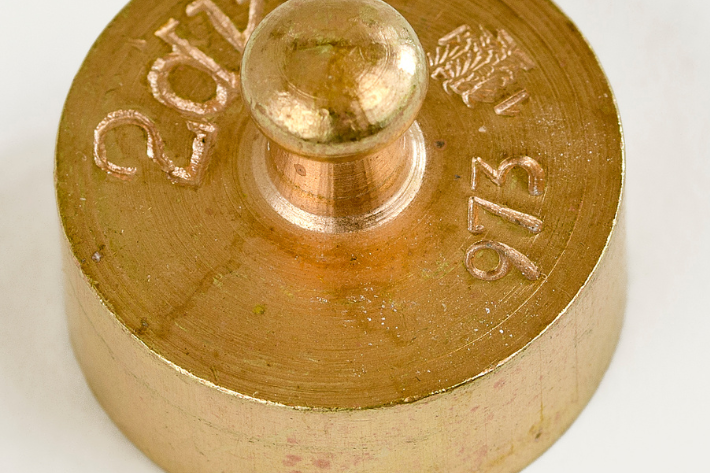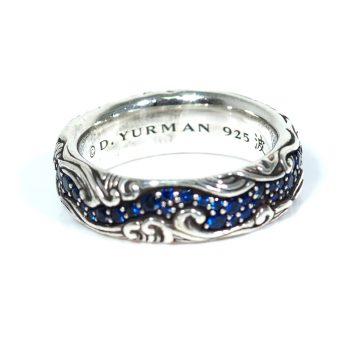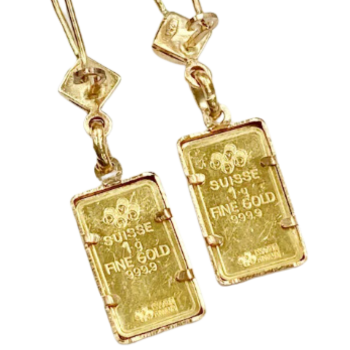Unlocking the Secrets of Jewelry Hallmarks: What They Mean

While exploring the world of jewelry, you may have encountered mysterious markings on your pieces. These tiny symbols are known as jewelry hallmarks and carry valuable information about the jewelry’s composition, authenticity, and origin. In this blog, we’ll delve into the meanings behind common jewelry hallmarks and their historical significance.
The History of Jewelry Hallmarks
The practice of hallmarking jewelry dates back centuries to ensure the quality and authenticity of precious metals like gold and silver. The earliest hallmarks can be traced to ancient civilizations such as the Egyptians, who marked their jewelry with symbols representing the ruler’s authority. In medieval Europe, guilds and assay offices were established to control the quality of precious metals, and hallmarking became an official system.
Today, hallmarking continues to serve as a vital tool for consumers and collectors, guaranteeing jewelry’s quality, purity, and provenance. It’s a testament to the enduring value of these precious materials and the importance of transparency in the jewelry industry.
What Does 925 Mean on Jewelry?
The hallmark “925” is a well-known symbol in the jewelry world, particularly for silver jewelry items. This number represents the purity of the metal, indicating that the piece is made of 92.5% pure silver, with the remaining 7.5% typically consisting of copper. This combination creates sterling silver, a durable and lustrous metal widely used in jewelry production.

What Does 916 Mean on Jewelry?
“916” is a hallmark often found on gold jewelry, especially in Asian markets. This number signifies the gold’s purity, indicating that the piece is made of 91.6% pure gold, which is equivalent to 22 karats. Gold of this purity is known for its rich color and softness, making it suitable for intricate designs and craftsmanship.

What Is 999 in Jewelry?
In the world of jewelry, the hallmark “999” signifies the highest level of purity achievable in the realm of precious metals, particularly gold. This numeric code indicates that the piece is made of 99.9% pure gold, often referred to as “24-karat gold.” This level of purity means that the gold is virtually free of any impurities or alloying metals. This results in its distinct, rich, and vibrant yellow color. While 24-karat gold is prized for its purity, it is also known for its softness. This makes it more malleable and prone to scratches than lower-karat alloys. Consequently, jewelry crafted from 999 gold is relatively rare and often reserved for special, high-end pieces that showcase the unparalleled beauty of pure gold.

What Does GF Mean on Jewelry?
When you encounter the initials “GF” or “GB” on jewelry, it stands for “Gold Filled” or “Gold Bonded.” Gold-filled jewelry features a layer of gold bonded to a base metal (usually brass or copper) through a mechanical process. The gold layer must constitute at least 5% of the item’s total weight. Gold-filled jewelry provides the look and feel of solid gold without the high price tag. Please note that Gold filled items don’t hold value like other gold jewelry pieces can retain.
What Does an M on Jewelry Mean?
The “M” hallmark on jewelry doesn’t have a universally standardized meaning, unlike some other hallmarks like “925” for sterling silver or “14K” for 14-karat gold, which indicate the metal’s purity. Instead, the letter “M” on jewelry could represent various things, depending on the specific jeweler, manufacturer, or designer. It might be a maker’s mark or the initial of the jewelry designer’s name. To understand the exact significance of the “M” on a piece of jewelry, it’s essential to consult the jeweler or do some research to identify the specific origin or creator of the item.
What If My Gold Is Not Stamped?
If your gold jewelry lacks any hallmark or stamp, it can raise questions about its authenticity and purity. Authentic gold jewelry is typically marked to provide transparency to buyers. But just because it isn’t hallmarked, it doesn’t automatically mean that it is not real gold. Without a hallmark, it’s essential to have your piece examined by a reputable jeweler or appraiser to determine its composition and value accurately.
In conclusion, jewelry hallmarks are not merely mysterious symbols but valuable indicators of a piece’s composition and history. Understanding these marks empowers you as a jewelry enthusiast to make informed decisions when purchasing or evaluating your cherished pieces. Whether it’s sterling silver, gold-filled, or pure gold, these hallmarks unveil the fascinating stories behind the origin and craftsmanship of your jewelry.
You work hard! It’s time to treat yourself to Some extra sparkle!
-
Categories:
- Jewelry Trends
- Jewelry Trends & Gift Ideas
